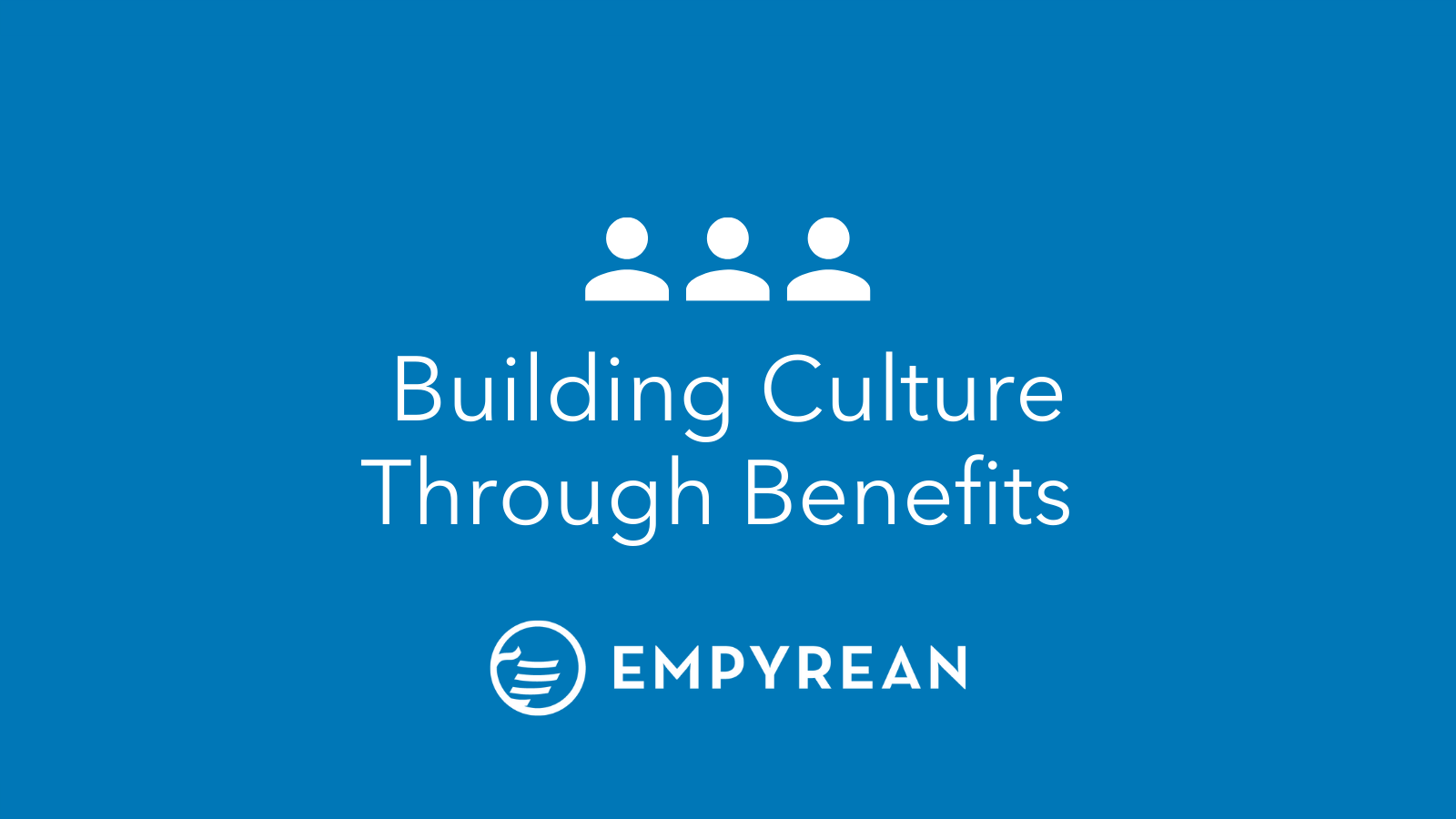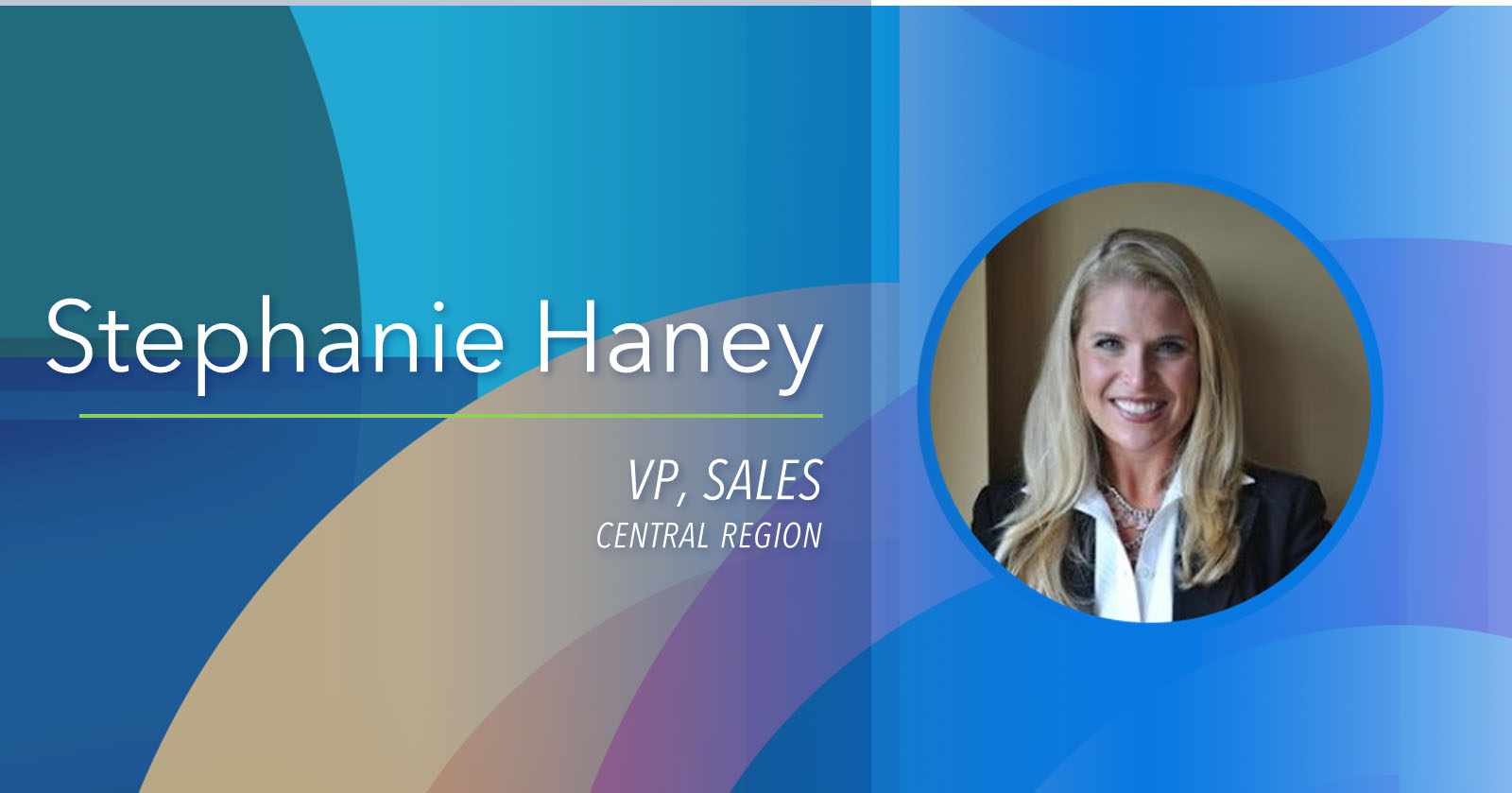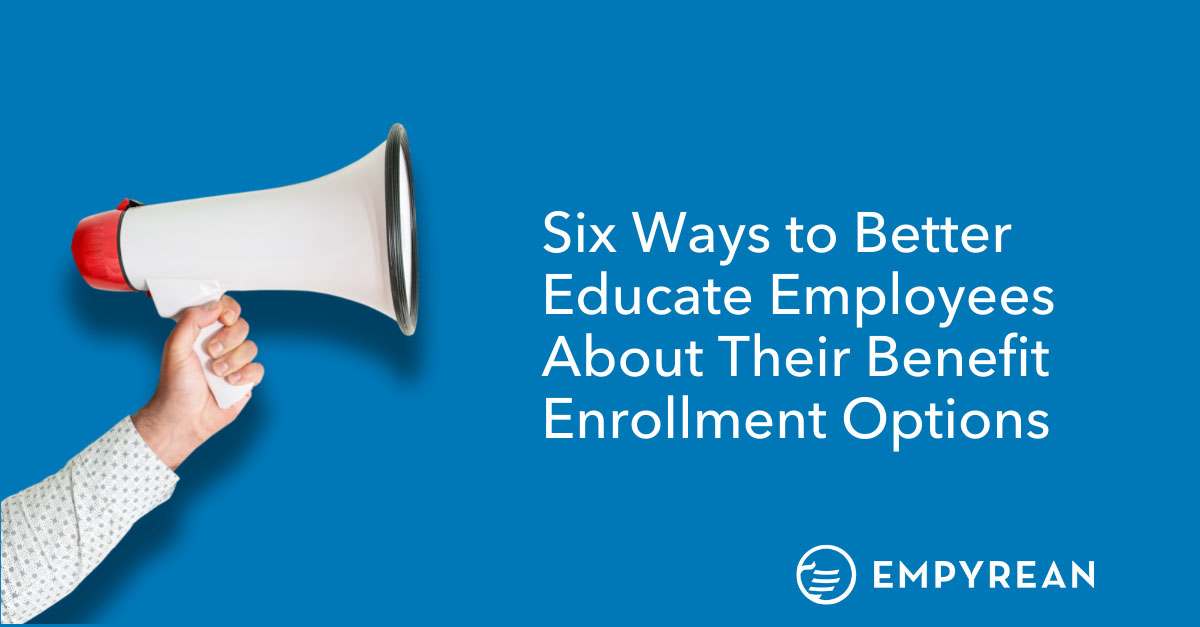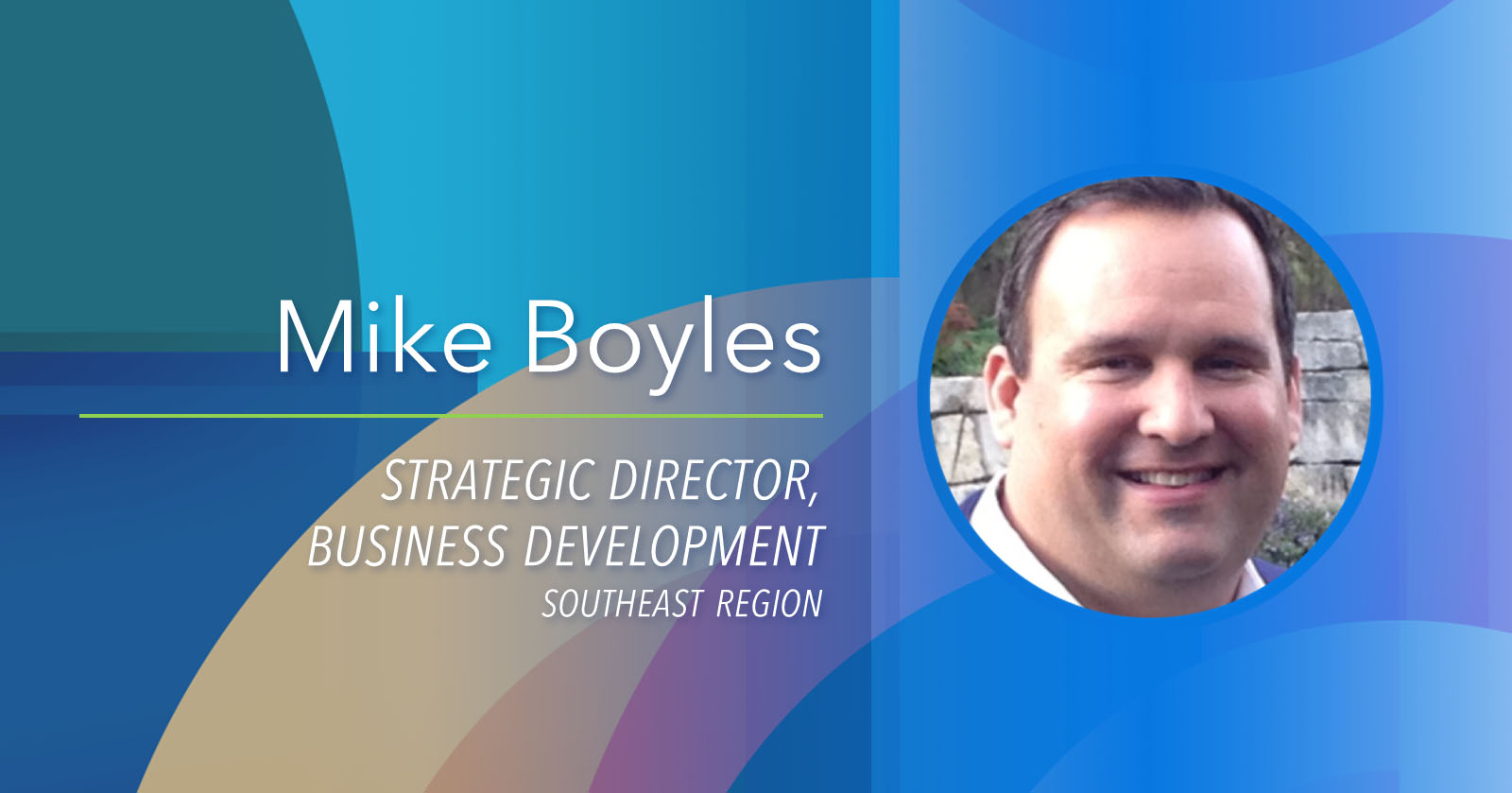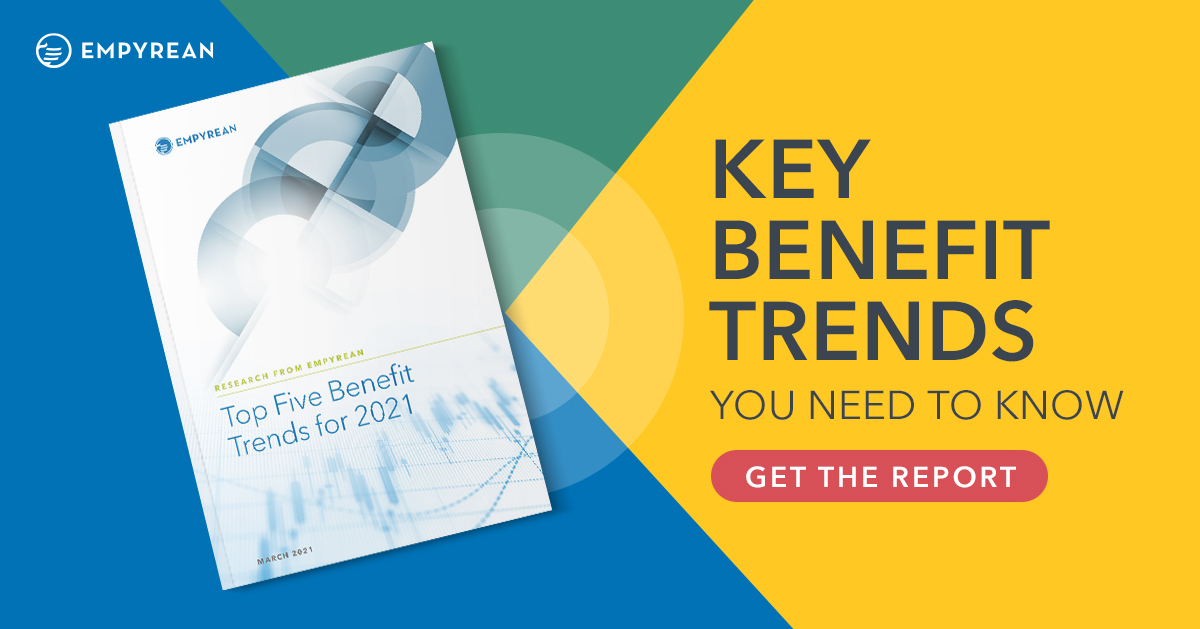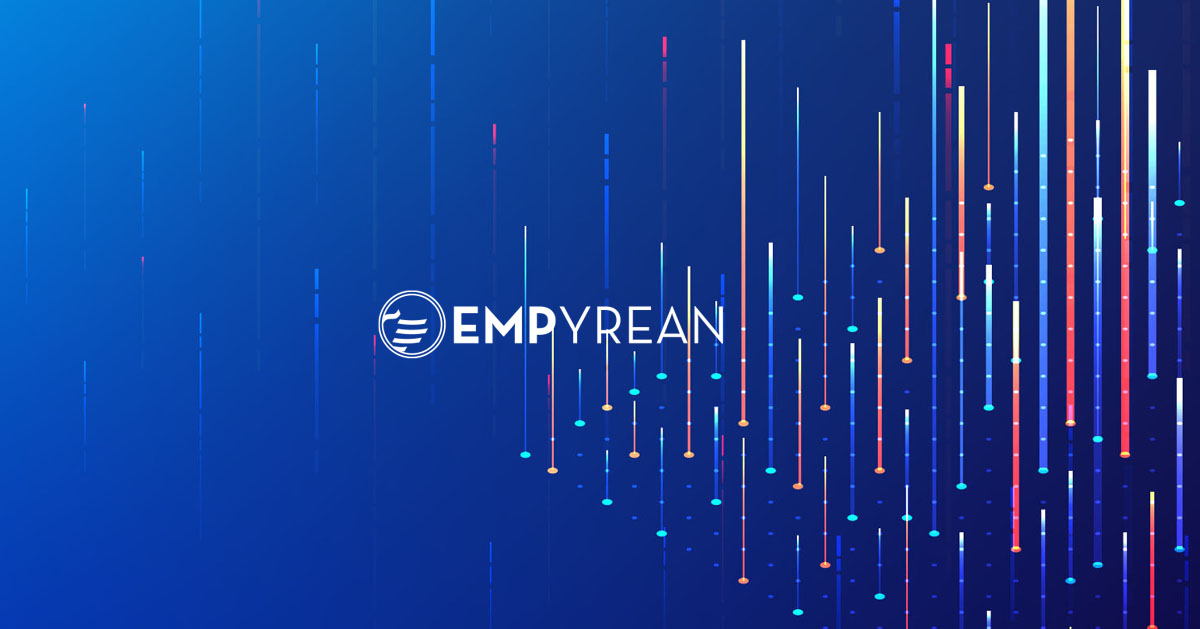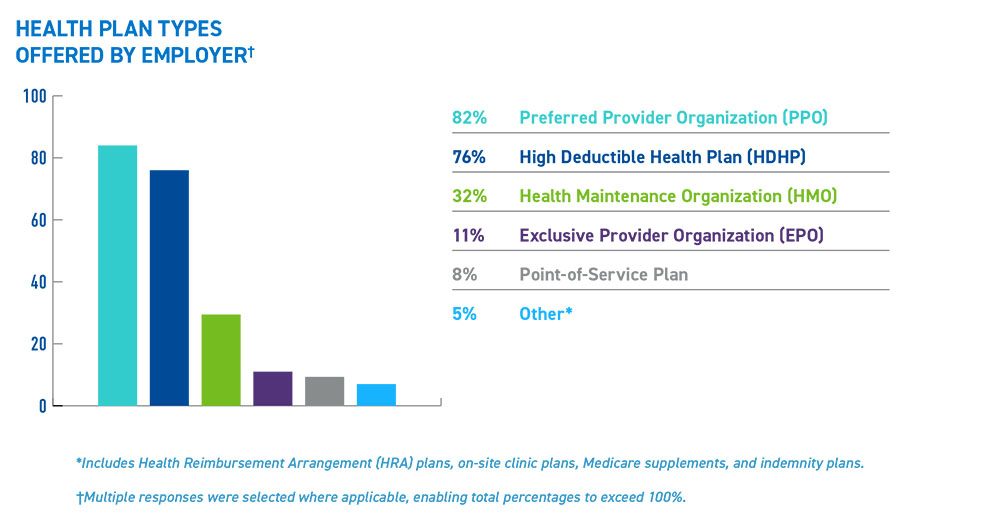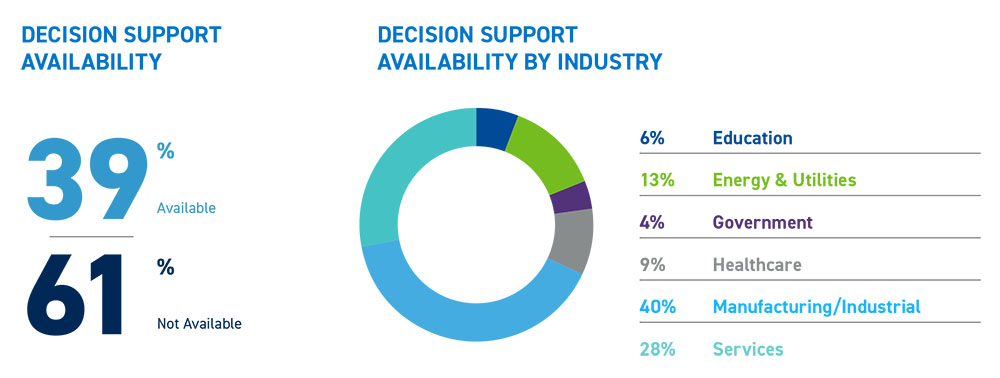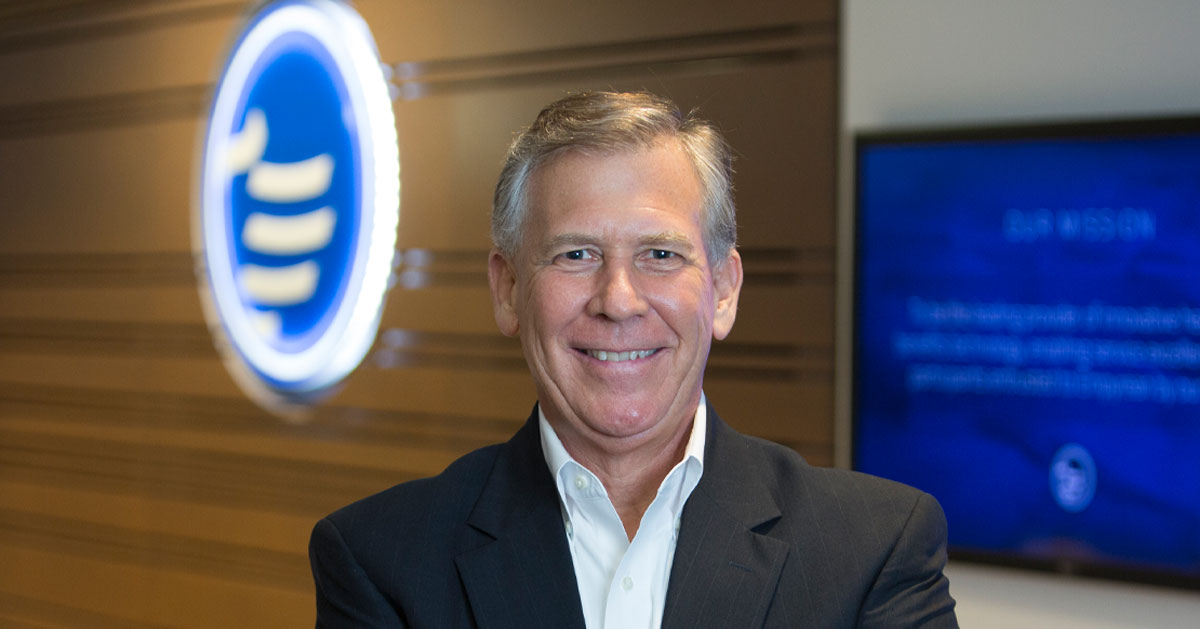Kelly Clark Joins Empyrean as Chief Information & Technology Officer
12 October, 2021Houston, TX. [Oct. 12, 2021] Empyrean, (www.goempyrean.com), a leading benefits administration technology platform and service provider, has announced that industry veteran Kelly Clark has joined the organization as Chief Information & Technology Officer.
A proven technology leader in the HR and employee benefits space with vast experience driving business transformation through IT modernization, Clark will oversee Empyrean’s future software engineering, artificial intelligence (AI) expansion, infrastructure development, business intelligence (BI) and data analytics, and innovation research initiatives at a strategic level.
“Empyrean has always been focused on bringing forward leading technology solutions to support our clients’ most complex needs and enable our robust service delivery model,” said Empyrean’s Chief Executive Officer, Richard Wolfe. “Kelly’s background and experience will help us continue to drive technology solutions that support our customers’ future challenges and objectives while ensuring we provide the best tools to support our service delivery organization.”
Prior to joining the Empyrean team, Kelly held several C-level positions at organizations like Maximus and OptumHealth, and most recently served as the Chief Information & Digital Officer at Alight Solutions. There, he led the group’s digital transformation to solve highly complex business and client needs while improving technology capabilities and overall operational excellence.
“Kelly has had a successful track record leading the technology organizations for successful startups as well as Fortune 100 and 500 companies,” added Wolfe. “Empyrean is focused on continuing to successfully scale our business, providing innovative technology and service solutions that support the unique needs of our employer clients, and providing growth opportunities for our employees.”
Last month, Empyrean launched its new website which reflects the organization’s mission to help employers create positive workplace cultures through benefits. By connecting their employees to life-enriching benefits and making stronger connections between the important role benefits play in building a company culture, Empyrean believes that companies can achieve positive organizational outcomes tied to total employee health and wellness.
“I wanted to join an organization where I could make a difference, and Empyrean’s focus on innovative technologies to improve people’s everyday experiences and drive better outcomes was crucial in my decision making process,” said Clark. “I am humbled and honored to join Empyrean at such a pivotal time and lead the IT team as we support the future of benefits administration technology.”
Empyrean’s focus on supporting total employee health and wellness has driven the company’s product roadmap as the organization continues to develop and roll out enhanced employee-centric technologies, services, and strategic carrier partnerships designed to improve employee experiences and strengthen employer brands. Some of the most impactful product rollouts this year have included new vaccination tracking features, enhanced ACA reporting capabilities, and the launch of Pilot+, Empyrean’s claims-based decision support and personalized healthcare navigation product.
Kelly earned a B.A. and Master’s Degree from the University of Manitoba. He was awarded Large Company CIO of the Year honors in 2012 by the Minneapolis / St. Paul Business Journal, and stays very involved in philanthropic and charitable endeavors through his support of organizations including the Feed my Starving Children, United Way, and Toys 4 Tots. Kelly resides with his family in the Minneapolis area.
About Empyrean
Since 2006, Empyrean has provided employers of varying size, industry, and benefit plan complexity with the innovative technology and best in class service necessary to accelerate their benefits strategies and bring their benefit programs to life. Empyrean’s platform and services were designed to create connected employee benefit experiences that enrich lives, strengthen employer brands, and improve workplace cultures.
Today, more than 3.6 million participants across the U.S. rely on Empyrean’s cutting-edge systems and best in class support teams to inform and guide their benefit enrollment and utilization decisions. Focused on total employee health and wellness, Empyrean is dedicated to delivering a scalable and tailored benefits experience for all employees and their families by combining innovative technology with employee-centric services to empower participants to better understand, access, and engage with their benefit programs not just at enrollment time, but on a year-round basis.
Empyrean’s platforms and services empower employees to not only better understand the value of the benefit programs offered to them, but to then connect with these benefits in a way that drives better outcomes from themselves, their families, and their organization.
Headquartered in Houston, TX, Empyrean has additional office locations in Minneapolis, MN and Nashville, TN, as well as remote teams located throughout the U.S.
Empyrean is a subsidy of Securian Financial (www.securian.com).
MEDIA CONTACT:
Brienne Driscoll
Head of Content & Communications
Empyrean Benefit Solutions, Inc.
bdriscoll@goempyrean.com

